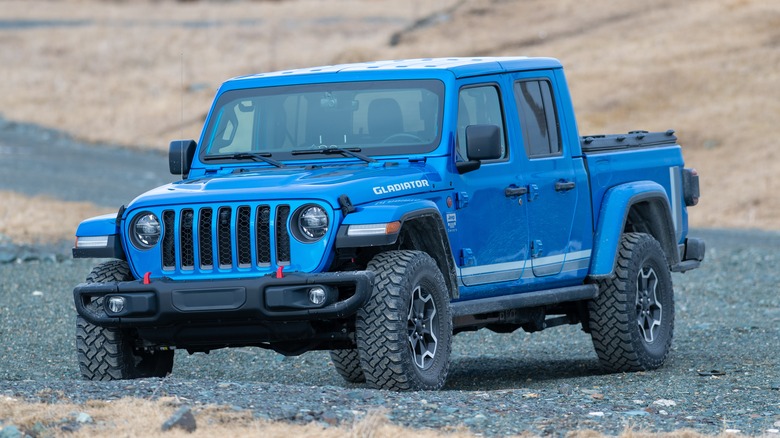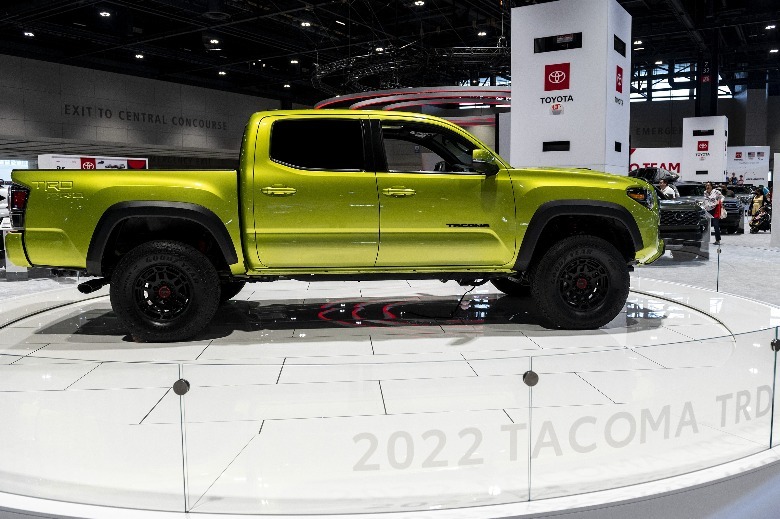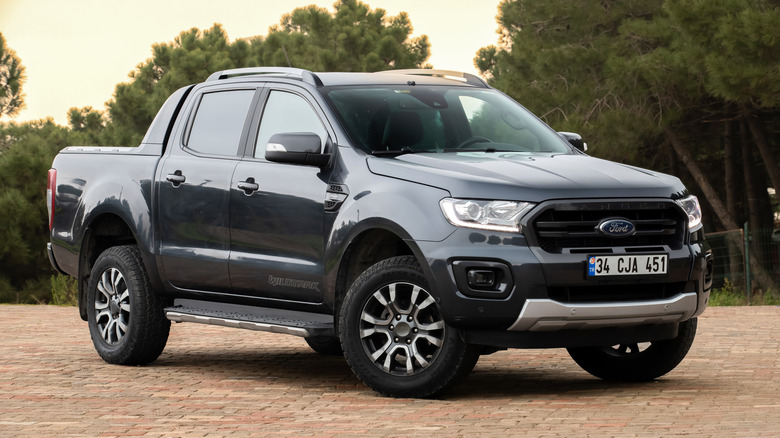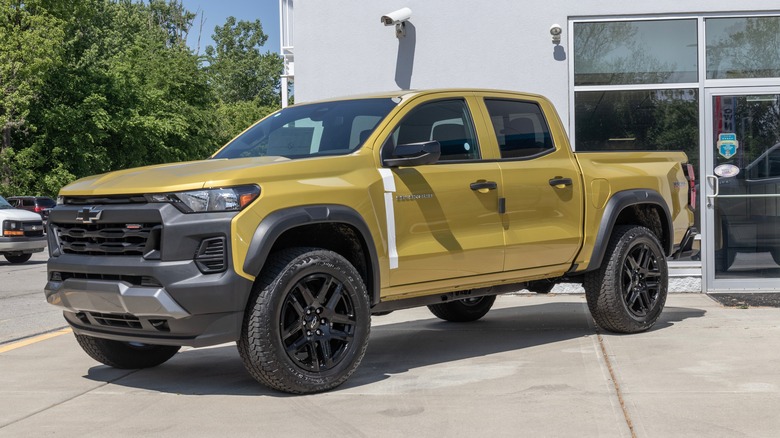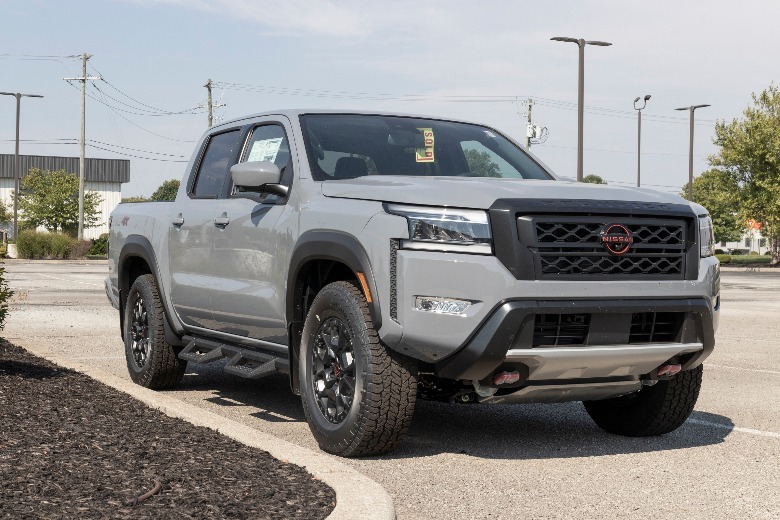These 5 Popular Trucks Prove That Pickups Aren't Always Safer
The midsize pickup truck segment has grown marginally over the last decade. Sales of midsize trucks have doubled since 2013, and manufacturers have sold upwards of 600,000 trucks since 2019. Part of the reason consumers are flocking to trucks instead of sedans is the safety factor: You are most likely to die in a small car (or hatchback) than in a bigger truck or SUV in a collision. In a 2020 Insurance Institute for Highway Safety (IIHS) report, minicars or compact vehicles accounted for 15 of the 20 cars with the highest death rates, while full-size trucks and SUVs registered the lowest overall death rate.
The main keyword is "full size" since the IIHS has issued a new report about rear-seat safety in midsize trucks. As it turns out, smaller pickups offer inadequate protection for the rear passengers, and the IIHS's updated moderate overlap front crash test showed the five midsize trucks that fell short in rear cabin safety.
"Our updated crash tests proved challenging for small pickups," said David Harkey, IIHS President. "The common problem was that the rear passenger dummy's head came dangerously close to the front seatbacks, and in many cases, dummy measurements indicated a risk of neck or chest injuries."
Revised crash testing protocols
Research from the IIHS shows that the rear occupants are now at a higher risk of a fatal injury than those seated in the front of a vehicle. However, data shows it has nothing to do with the cabin design. On the contrary, it's because the frontal area has become safer with advanced airbags and safety belts, features that are rarely available for rear passengers.
In response to this growing concern, the IIHS debuted its moderate overlap front crash test last year, and the agency added a new test dummy with pressure sensors in the backseat behind the driver. The test dummy is about the size of a petite woman or a 12-year-old child. For a vehicle to get a Good rating, there should be no "excessive risk of injury to the head, neck, chest or thigh" of the dummy, and it must "remain correctly positioned during the crash without sliding forward beneath the lap belt (or 'submarining')."
No Good rating for these five midsize trucks
The IIHS tested the five most popular midsize trucks using the agency's updated testing protocols: Nissan Frontier, Ford Ranger, Chevy Colorado, Jeep Gladiator, and Toyota Tacoma. The good news is all five trucks delivered excellent protection in the front seats, but the Gladiator and Tacoma proved to have a higher risk of leg or foot injuries to the driver.
Moreover, things weren't as rosy for rear passengers in the Colorado, Frontier, Ranger, and Tacoma. The crash test has shown that the trucks have inadequate back seat restraints to prevent the dummy's head from coming too close to the front seatback. The Jeep Gladiator fared better but didn't come with side curtain airbags in the rear restraints to protect occupants from a hard impact.
In addition, the IIHS said the rear dummy in the Ford Ranger slid beneath the lap belt and presented an increased risk of internal injuries in a crash. Summing it up, the Chevy Colorado, Jeep Gladiator, and Toyota Tacoma crew cab earned "Poor" ratings in the updated moderate overlap front test. In contrast, the Ford Ranger crew cab got a "Marginal" rating. In a surprising twist, the Nissan Frontier crew cab earned an "Acceptable" rating, which is still insufficient to merit a "Good" score.
Despite the findings, the IIHS insists that the rear seats remain the safest place for kids or young children in vehicle crashes, and the agency is on a mission to encourage auto manufacturers to add more safety features in the rear seats of new vehicles. "All these things tell us that the rear seat belts need improvement," said Harkey.
